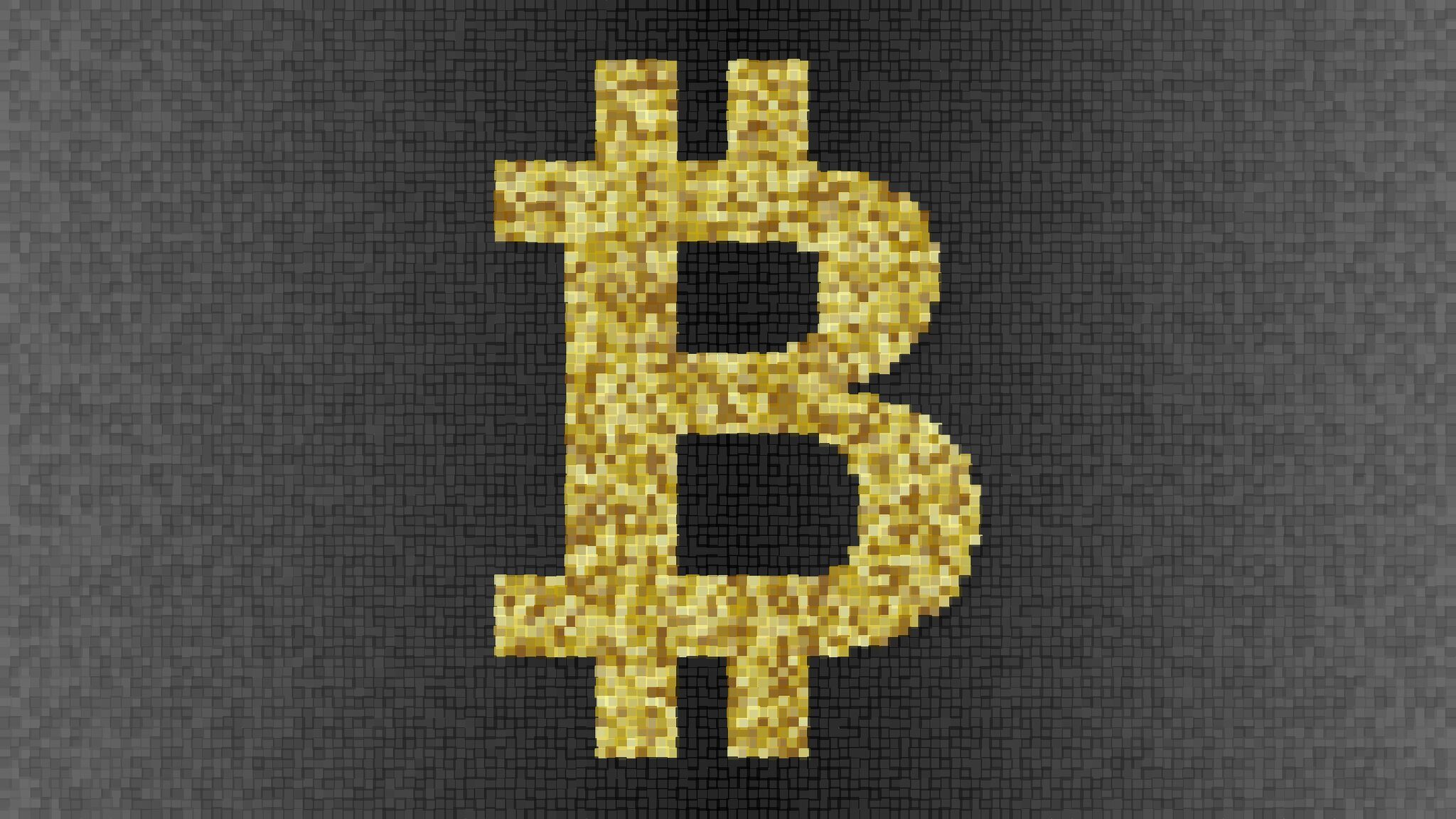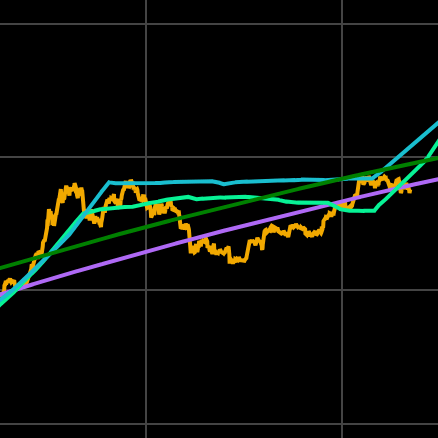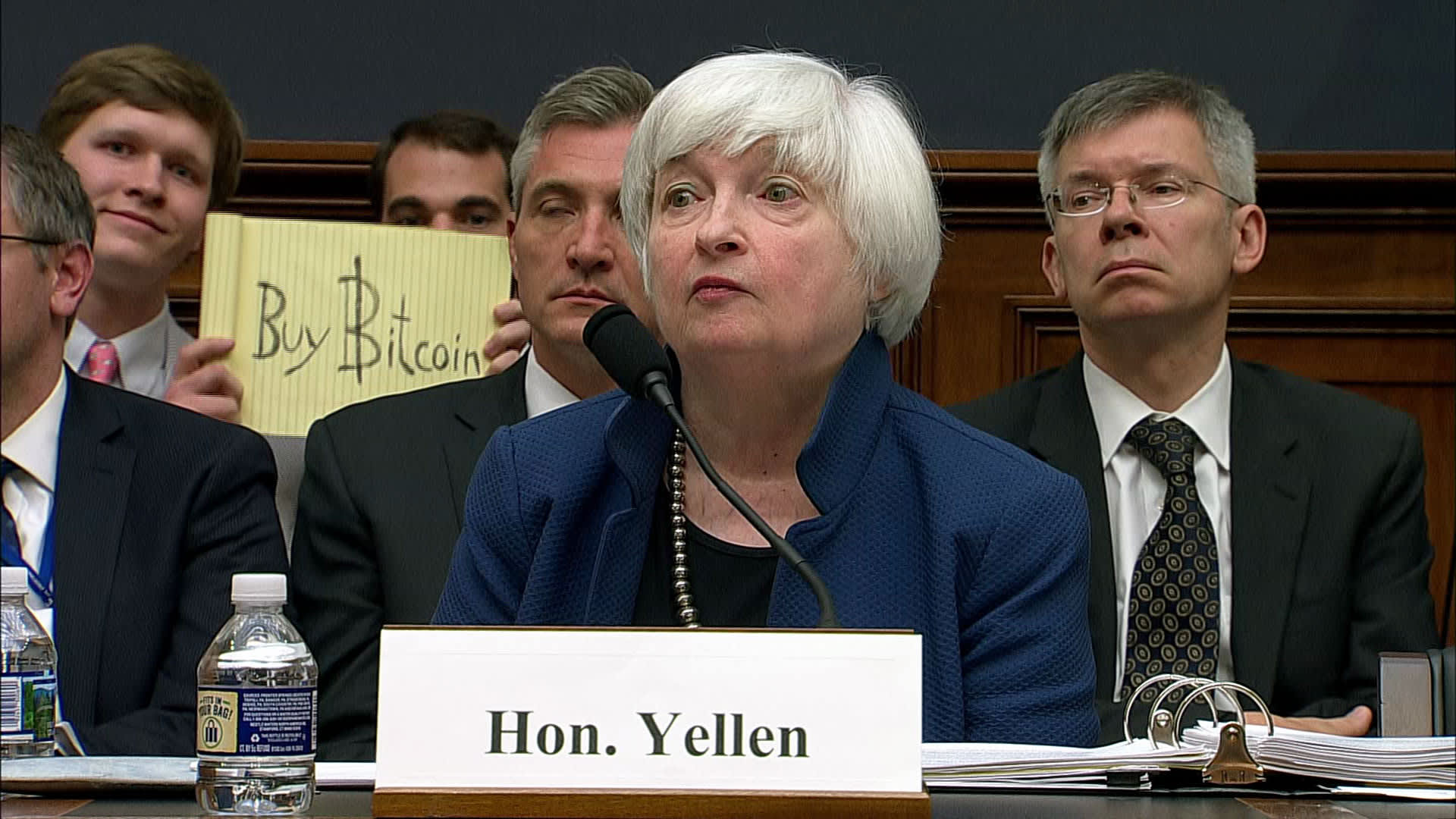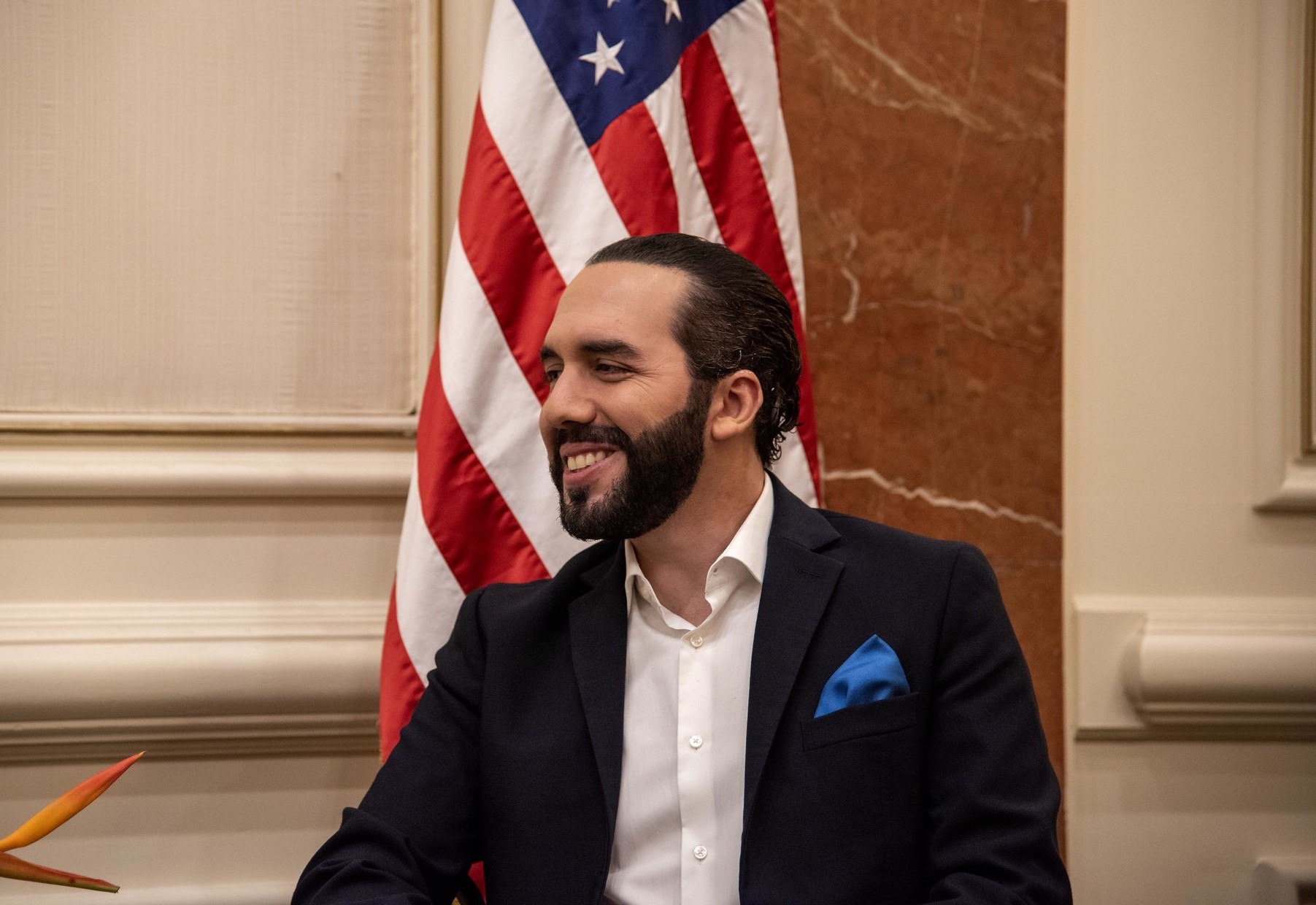
Key Takeaways
- The 2024 Bitcoin halving will significantly decrease its inflation rate.
- Bitcoin's inflation rate will drop from around 1.8% to 0.85% after the halving.
- Bitcoin will finally have an inflation rate lower than gold after the halving.
The Bitcoin network is set to undergo its fourth halving on April 20, 2024.
The halving event will reduce the reward for mining a block from 6.25 to 3.125 bitcoins.
As a result, Bitcoin’s annual inflation rate will decrease from 1.7% to 0.85%.
This will mark the first time that Bitcoin’s inflation rate will be lower than gold.
Historical halvings
Bitcoin has experienced three halvings since its introduction.
The first occurred on November 28, 2012, halving the block subsidy from 50 BTC to 25 BTC.
The second took place on July 9, 2016, reducing it further to 12.5 BTC.
The most recent halving on May 20, 2020, cut the block reward to 6.25 BTC.
These events are designed to occur every 210,000 blocks, approximately every four years, reducing the rate at which new bitcoins enter circulation.
Implications
The upcoming halving is projected to result in an addition of 164,250 bitcoins to the total supply each year.
By the end of the 3.125 BTC block reward cycle, the total amount of bitcoins will go from 19,687,500 to 20,671,875 BTC.
This leaves only 328,124 bitcoins remaining before reaching the hard cap of 21 million coins.
This built-in scarcity is the main aspect that differentiates Bitcoin from gold, where supply can increase based on mining output and economic conditions.




